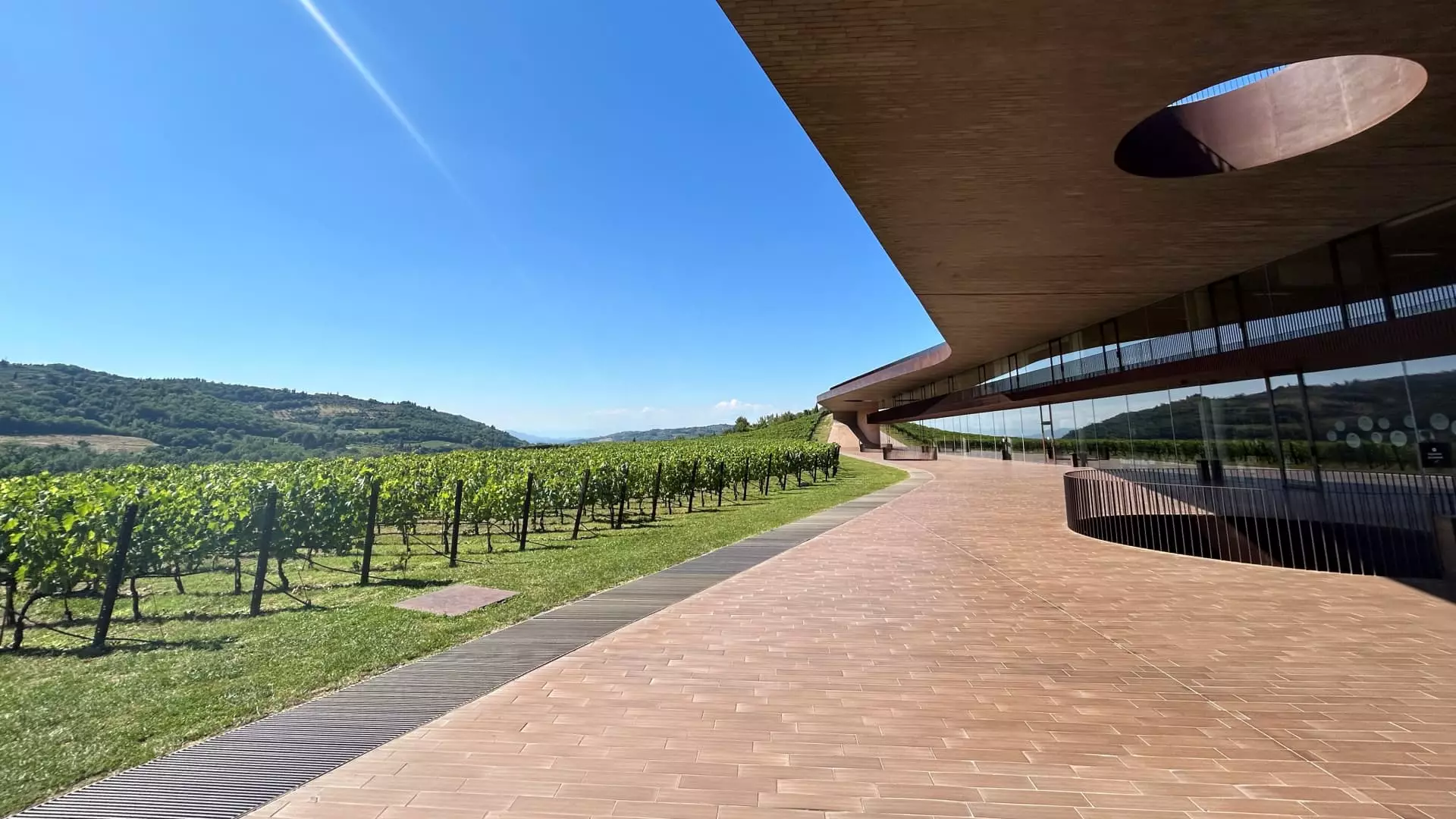The wine harvest on the Greek island of Santorini is facing a significant threat due to extreme temperatures affecting the production of the indigenous Assyrtiko grape. Local winemaker Yiannis Paraskevopoulos has reported a drastic decrease in output, with this year’s harvest estimated to be as low as one-sixth of 2022 levels. The Assyrtiko grape, critical to the island’s fine white wines, is now at risk of extinction much sooner than previously predicted, with estimates suggesting it could disappear by 2040.
The challenges faced by wineries in Santorini are not unique, as global wine production fell by 10% in 2023 to the lowest level in over 60 years. Extreme climactic conditions have impacted harvests worldwide, leading to a decrease in output from countries like Italy, Spain, and Greece. Adverse weather events such as heavy rainfall, drought, and early frost have become more frequent in southern Europe, posing a threat to the future of wine production in the region.
The decrease in wine production has led to an increase in production costs, pushing prices higher in a consumer market that is already price-sensitive. Wine consumption has also declined annually, with consumers facing higher prices due to increased production and distribution costs. Winemakers like Paraskevopoulos are now grappling with the decision to raise bottle prices to reflect the heightened costs, risking losing market share in an already competitive industry.
Winemakers across Europe are implementing various adaptation strategies to mitigate the impact of climate change on grape production. Techniques such as altering vineyard orientations, increasing air circulation, and planting vines at higher altitudes are being employed to improve production quality and withstand extreme weather conditions. However, these measures are costly and do not guarantee long-term success, leading some winemakers to question the sustainability of their efforts.
The increasing shift of manpower and investment from traditional agriculture to the hospitality sector due to rising tourism presents another challenge for European vineyards. Agritourism destinations like Tuscany’s Castello di Volpaia have found ways to offset weaker production output by offering guest stays and other activities to attract tourists. However, winemakers like Paraskevopoulos are concerned that the focus on tourism may detract from the primary goal of wine production, further complicating the industry’s future.
The European Union has taken note of the challenges facing the wine industry and has initiated discussions on wine policy to address the threats of climate change and declining production. Industry stakeholders are coming together to develop recommendations aimed at stabilizing the sector and ensuring its long-term viability. The hope is that proactive measures can help mitigate the risks associated with climate change and secure the future of European wine production.
The challenges of climate change on wine production in Europe are significant and multifaceted. From extreme temperatures threatening grape production to the financial implications of reduced output, winemakers are facing unprecedented obstacles in maintaining the quality and sustainability of their wines. As the industry grapples with the impacts of climate change and shifting consumer trends, proactive measures and collaborative efforts will be essential in safeguarding the future of European wine production.

